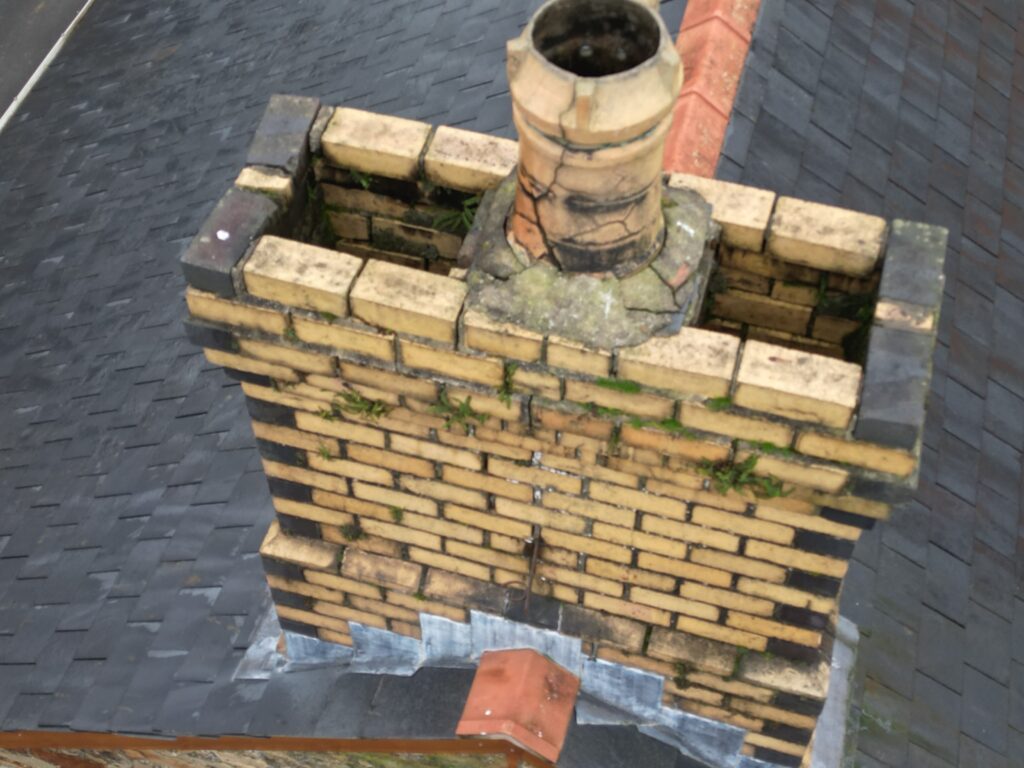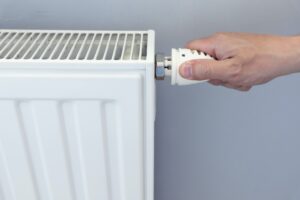Damp problems are a common issue for many property owners in South Wales. With its unique climate and historic buildings, damp can cause significant damage if not addressed promptly. This comprehensive guide covers everything you need to know about damp surveys in South Wales, including why they are important, what to expect during a survey, and how to choose the right surveyor.
Why Damp Surveys are Essential in South Wales
South Wales is known for its beautiful landscapes and historic architecture, but the region’s weather conditions can lead to damp issues in properties. Persistent rain, high humidity, and coastal proximity make buildings in this area particularly susceptible to damp. A damp survey is crucial for:
- Preventing Structural Damage: Damp can weaken the structural integrity of a building, leading to costly repairs. The sooner an issue is identified, often the works once rectified are purely cosmetic and therefore less intensive and costly.
- Maintaining Property Value: Properties with damp issues can lose value and become difficult to sell. A majority of damp issues are reasonably simple to fix and not expensive – but the fear of expensive works drives down value.
- Ensuring Health and Safety: Damp environments can lead to mold growth, which poses health risks to occupants. Damp properties also exacerbate skin and ling conditions and can be linked to issues such as asthma.
Types of Damp
Understanding the different types of damp is essential for effective treatment. The main types highlighted in a damp survey include:
- Rising Damp: Caused by groundwater moving up through walls and floors. Common in older buildings without modern damp-proof courses. Technically doesn’t exist but is due to incorrect materials and this term being invented to describe a symptom rather than a cause.
- Penetrating Damp: Results from water entering the building through walls, roofs, or windows. Often due to structural issues like faulty gutters or cracked walls. Often linked to failed render or issues with wall coverings.
- Condensation: Occurs when moist air comes into contact with cold surfaces, leading to water droplets forming. Common in poorly ventilated areas or high moisture such as HMOs, rentals or high occupancy.
What to Expect During a Damp Survey / What is a damp survey?
A professional damp survey typically involves:
- Initial Inspection: The surveyor will visually inspect the property for signs of damp, such as water stains, mold, and musty odors.
- Moisture Measurement: Using tools like moisture meters, the surveyor will measure the moisture levels in walls, floors, and ceilings.
- Thermal Imaging: Advanced surveys may use thermal imaging cameras to detect hidden damp issues. Usually only used during the winter months due to challenges in obtaining good images.
- Report and Recommendations: The surveyor will provide a detailed report outlining the findings and recommending appropriate remedial actions.
Choosing the Right Damp Surveyor in South Wales
Selecting a qualified and experienced damp surveyor is crucial for accurate diagnosis and effective solutions. PCA surveyors are often recommended, but also suitable qualification and experience is often more valuable than this industry membership. Consider the following tips:
- Experience and Expertise: Look for surveyors with experience in dealing with damp issues specific to South Wales’ climate and building types.
- Reviews and References: Read customer reviews and ask for references to gauge the surveyor’s reliability and professionalism.
- Detailed Reports: Choose a surveyor who provides comprehensive reports with clear, actionable recommendations.
- Qualifications: Being formally qualified is important for ongoing warranties and certification. Various bodies award qualifications, predominantly the PCA and RICS.
Damp Prevention Tips for South Wales Homeowners
Preventing damp is often easier and more cost-effective than treating it. Here are some tips to help keep your property damp-free:
- Maintain Proper Ventilation: Ensure good airflow in your home by using extractor fans, opening windows, and avoiding drying clothes indoors.
- Repair Structural Issues: Fix any leaks, cracked walls, or damaged gutters promptly to prevent water ingress.
- Use Dehumidifiers: In particularly damp-prone areas, use dehumidifiers to reduce moisture levels. (though this is a short term fix and expensive)
- Regular Inspections: Periodically inspect your property for signs of damp and address any issues immediately.
What does a damp survey cost?
Damp surveys start from around £200 for a small property, up to £300 for a larger one. Within that we cover access to our drones, thermal imaging, advanced moisture and damp sensors and most crucially the consultancy from our experienced and qualified team. We charge for surveys so they are independent and a stand alone service not linked to selling additional products or ongoing services.
Conclusion
Damp surveys are an essential service for property owners in South Wales, helping to identify and mitigate damp issues before they become serious problems. By understanding the importance of damp surveys, knowing what to expect during a survey, and choosing the right professional, you can protect your property and maintain its value and safety. Regular maintenance and preventative measures will also go a long way in keeping your home damp-free.
If you suspect your property has a damp problem, don’t hesitate to contact a qualified damp surveyor in South Wales today. Early detection and treatment can save you time, money, and stress in the long run.
Our contact details are:
Phone 07735 752377
Email – [email protected]
Website – www.theveteranenergycompany.com
For more information or to schedule a damp survey, contact us today. Our team of experienced professionals is here to help you protect your property from damp issues.






